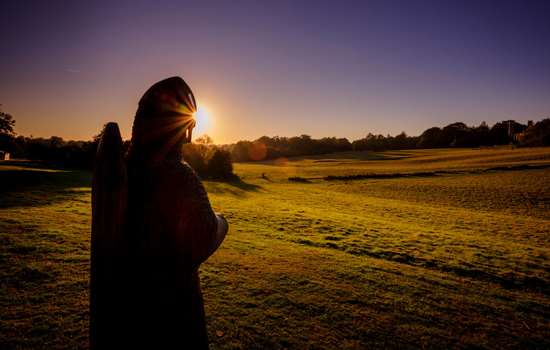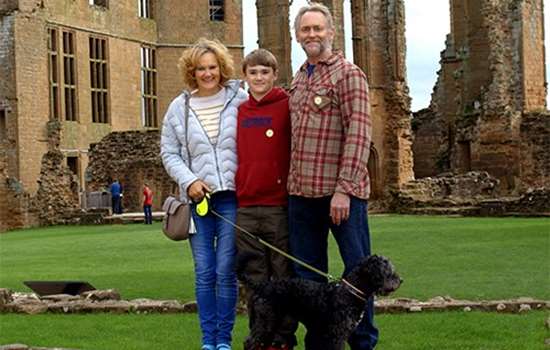MORE TO EXPLORE
-

Best walks
From coastal walks to sweeping views over the surrounding countryside, discover the sites our members most love taking a stroll around.
-

Explore our wonderful gardens
We care for some of England's finest historic gardens. These unique landscapes have been shaped by the people who owned, cared for and enjoyed them in the past.
-

Become a member today
Enjoy unlimited access to hundreds of historical places with an annual English Heritage membership. Plus there's free entry for up to six children.